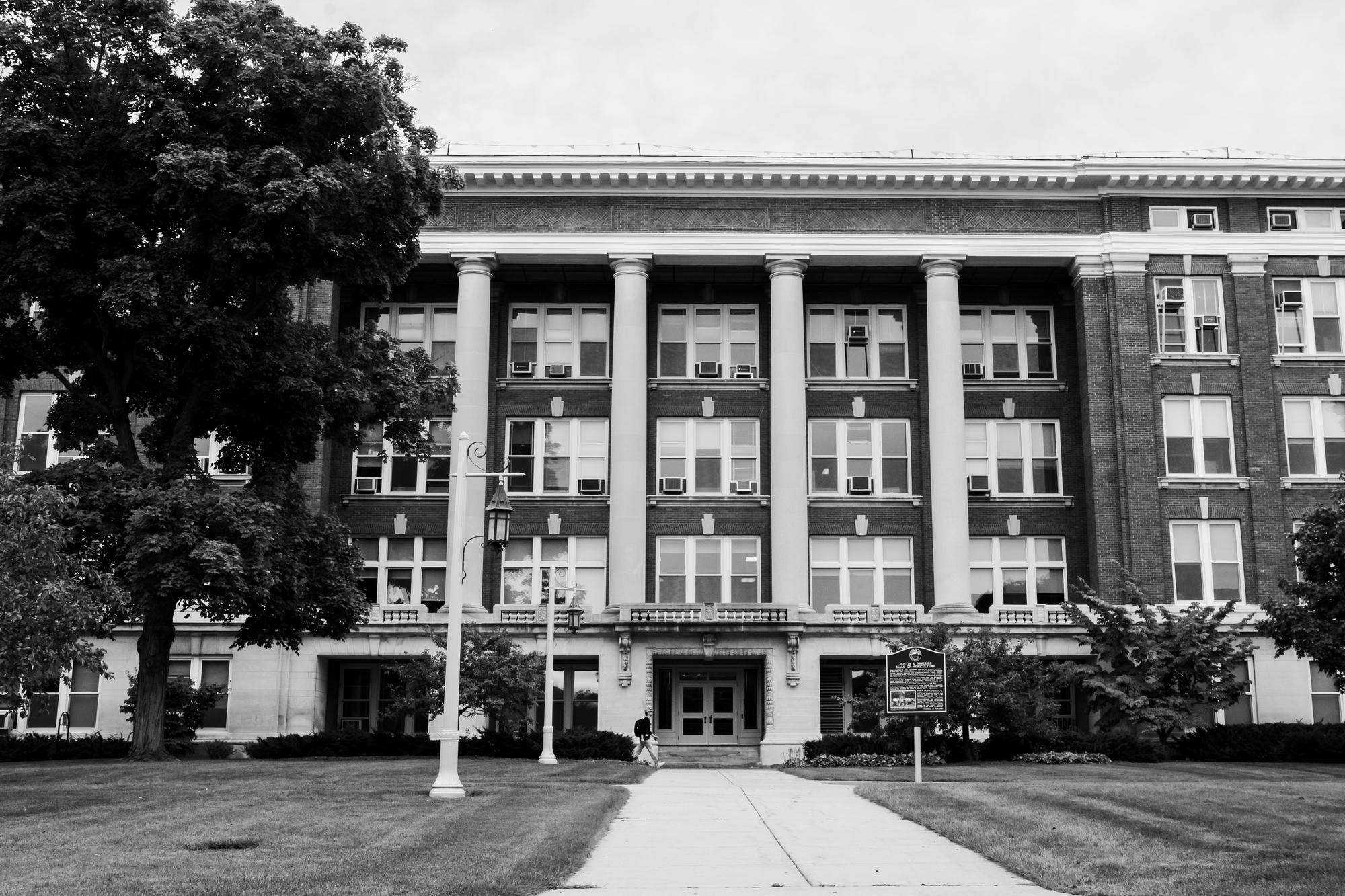The North American Indigenous Student Organization is long past the time it can stand to watch the legacy of Justin S. Morrill, who passed the Morrill Act, be celebrated.
In an Associated Students of MSU meeting last month, NAISO Rep. Kaylin Casper introduced a bill advocating for the removal of Morrill’s name from MSU's Morrill Hall of Agriculture and other Big Ten campuses. At the time, Casper told the general assembly that Morrill's "actions led to forceful dispossession," which was why she and NAISO wanted his name removed. The bill passed with a voice majority.
This is not the first time such a demand has been made. In 2021, ASMSU passed bill 57-72 advocating for the removal of Morrill's name from the building. That bill eventually expired after three years.
Morrill served as a Vermont senator from 1867 to 1898. He's most remembered for creating the Morrill Act, which granted each state public land to build colleges.
Through over 160 violence-backed treaties and land seizures, the act provided states with 10.7 million acres of land from approximately 250 tribes, bands and communities. The land was divided up between 90,000 to 990,000 acres per state depending on their congressional delegations.
Of the 52 universities built on this land, MSU was the first.
Today, Morrill's name remains on a campus building and plaza. NAISO wants to change that.
The organization explained its advocacy in a statement to The State News.
NAISO said legacies like that of Morrill are living markers of direct violence against groups who still suffer the consequences of that violence today.
“Michigan State University holds a unique position as the first ever land grant university in the United States founded through the forced seizure and cession of Anishinaabeg land,” the statement said.
Despite its history, MSU is an institution of higher learning that has taken up the duty of fostering the personal and academic growth of Indigenous students, NAISO said.
"We can therefore imagine a better legacy for Michigan State University, one where the institution is not a stock model for the further exploitation and invisibilizing of the marginalized groups whose land, labor and lives it continues to benefit from, but instead a pathmaker for the recognition of its own historical truth, and the forwarding of reparative decolonial work, which stands to benefit the whole of MSU’s student community and beyond,” NAISO said.
The organization reiterated its desire for the name to be removed last weekend during a campout for Indigenous Peoples’ Day. Among a list of demands calling for MSU to "rectify the university's history of contribution to the systemic erasure of Indigenous peoples," the group demanded that the building and plaza be renamed.
American Indian and Indigenous Studies Program Director Kristin Arola said although land acknowledgments — such as that of MSU — address that universities were founded on Indigenous land, those institutions continue to profit.
“That makes it kind of a painful history for a lot of our Native students,” she said, "walking by something every day that reminds you ‘my land was stolen,' and the profits from it were used to do things at the time for other people."
When the Morrill Act passed, "American Indians couldn't vote and they weren't going to colleges," Arola said. "Even though they're there today, at that time that's not who that was meant to benefit. That was meant to benefit the folks coming into the U.S.”
Arola said any settler-colonial institution, MSU included, benefits from those interconnected histories. While she doesn't "think anyone at MSU is going around actively thinking they're harming Indigenous people," she said failing to recognize this history and clinging to one-sided stories hurts Native students and their sense of belonging at the university.
Although changing the name of one building doesn't change everything, Arola said it does express what an institution values. Naming the building after Morrill portrays to the public that the university holds the Morrill Act in esteem, she said.
“It's illustrating to a lot of our Native students in particular that we think that was OK, instead of acknowledging that it was messy," Arola said. "It did some good work, but it did that good work on the backs of Indigenous folks in this country.”
How a name change would work
Support student media!
Please consider donating to The State News and help fund the future of journalism.
The naming of buildings and facilities at MSU falls under the purview of the Board of Trustees and the president, per Board of Trustees Policy 612, MSU spokesperson Mark Bullion said.
Renaming Morrill Hall would first require that a proposal be submitted to the university Naming Committee, Bullion said. That committee is comprised of four faculty, one non-faculty staff, one alumnus, one student and a university archivist.
After reviewing the proposal, the committee makes a recommendation to the president to either approve or deny the request, Bullion said. If approved, the president informs the Academic Affairs Committee, who then informs the board of the request. The board can then approve or deny the name change.
"There are certain stipulations where the board makes the decision, there's certain stipulations where the president makes the decision," Bullion said. "That's found in the policy."
ASMSU passed its bill before the most recent university naming committee, which occurred on Sept. 24, to ensure the committee would discuss the bill.
Asked whether the bill had been discussed at the committee's meeting, Bullion said "I can't comment on that because I don't know."
"I'm not privy to what goes on at those committee meetings."
Discussion
Share and discuss “NAISO advocates for removal of Morrill name from MSU building” on social media.




